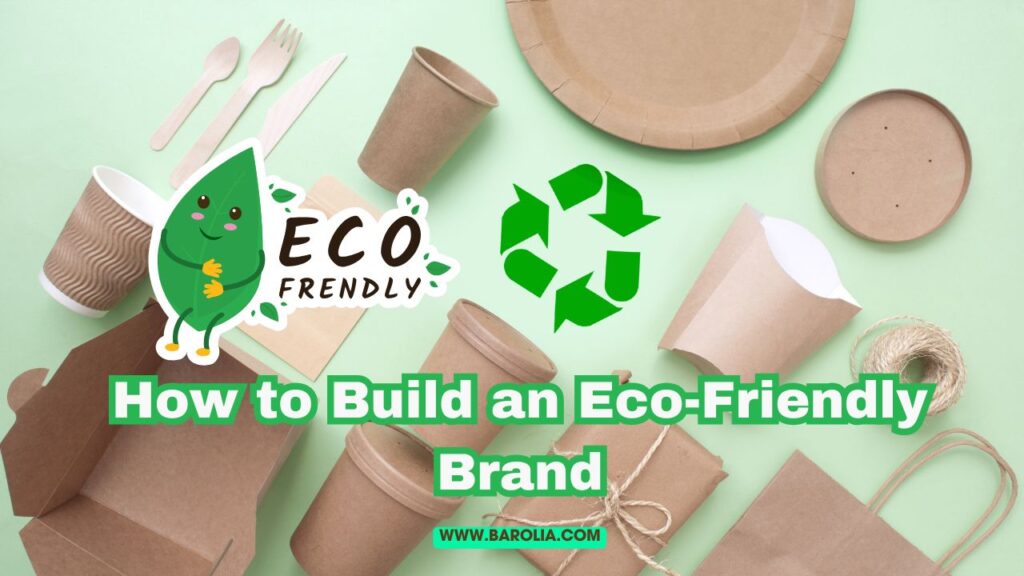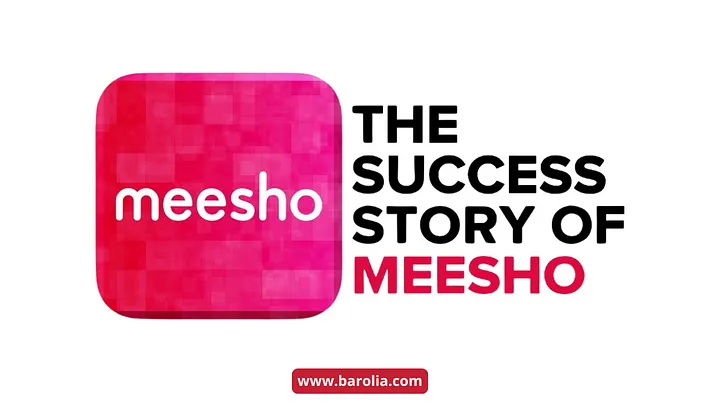Today, more people care about the environment than ever before. They want to support brands that are kind to the planet. This is why many businesses are trying to become eco-friendly. If you are starting a new brand or want to change your current one, this blog will help you understand how to build an eco-friendly brand in a simple and honest way.
What is an Eco-Friendly Brand?
An eco-friendly brand is a business that cares about the planet. It tries to reduce waste, save energy, and use natural or recycled materials. These brands try to leave a smaller footprint on the earth. They focus on helping nature while still offering good products or services.
Let’s now talk about how you can create your own eco-friendly brand.
1. Start with a Clear Mission
Before you begin, ask yourself: Why do I want to be eco-friendly?
Make a clear mission statement that shows your brand’s commitment to the environment. This should be something short and simple. It will guide all your future decisions. For example:
“Our goal is to make quality clothes while reducing harm to the environment.”
Your mission should reflect in everything you do – from the products you make to the way you talk to your customers.
2. Use Eco-Friendly Materials
One of the best ways to help the environment is by using eco-friendly materials. These are materials that are:
- Recyclable or biodegradable
- Made from natural sources
- Not harmful to the planet
For example, instead of plastic, use paper, bamboo, or glass. If you sell clothes, use organic cotton or recycled fabric. If you make furniture, try using wood from sustainable forests.
Always check where your materials come from. Try to work with suppliers who also care about the planet.
3. Reduce Waste
Waste is a big problem for the environment. Try to reduce waste in all parts of your business.
Here are some ideas:
- Reuse packaging materials
- Offer digital bills instead of paper ones
- Avoid extra plastic or wrapping
- Make products that last longer
You can also start a recycling program in your office or store. Encourage your customers to reuse or recycle your products too.
4. Choose Sustainable Packaging
Packaging is often the first thing your customer sees. Make sure it’s eco-friendly. Use packaging that is:
- Recyclable
- Compostable
- Made from recycled materials
- Plastic-free
Try to keep your packaging simple. Many brands are now using cloth bags, paper boxes, or no packaging at all. The less you use, the better it is for the environment.
5. Work with Green Suppliers
Your brand is only as eco-friendly as the people you work with. Look for suppliers who follow eco-friendly practices. This means:
- They use natural or recycled materials
- They follow fair working conditions
- They don’t waste energy or water
- They care about their workers and the environment
Ask your suppliers about their eco-friendly steps. If they don’t have any, try to find better ones.
6. Save Energy and Water
Every business uses energy and water. Try to use less of both.
Here are some ways:
- Switch to LED lights
- Use solar panels if possible
- Turn off machines when not in use
- Fix water leaks quickly
- Use low-flow taps and toilets
These small changes can save money and help the planet too.
7. Go Digital When You Can
Going digital helps reduce paper waste and saves energy. Here’s how:
- Use emails instead of printed letters
- Share e-books instead of printed ones
- Run online meetings instead of traveling
- Store files online instead of printing them
These steps are not only eco-friendly but also save time and money.
8. Support Local and Eco Causes
Your brand can also support green projects or local communities. This helps build trust and shows you care.
You can:
- Donate a part of your profit to a nature group
- Take part in tree-planting events
- Sponsor a clean-up drive
- Help local farmers or workers
You don’t need to spend a lot. Even small efforts can make a big difference.
9. Educate Your Customers
Many people want to support eco-friendly brands but don’t know where to start. Use your brand to spread awareness.
Tell your customers:
- How your products are eco-friendly
- How they can recycle or reuse them
- Why being green is important
- Share tips on saving energy and water
You can do this through your website, social media, or packaging. Education builds stronger customer relationships.
10. Be Honest and Transparent
Always be honest about your eco-friendly steps. Don’t try to sound green if you are not. This is called greenwashing, and it can harm your brand’s image.
If you are still learning or improving, share your journey. People respect honest efforts.
Say things like:
“We are still working to reduce our plastic use, and we plan to go plastic-free by next year.”
Being open and clear builds trust.
11. Get Eco-Certified (If Possible)
There are many eco-certificates that can prove your efforts. These include:
- USDA Organic
- Fair Trade
- Forest Stewardship Council (FSC)
- Energy Star
These certifications help your brand stand out. They show that a trusted group has checked your products.
12. Keep Improving
Building an eco-friendly brand is not a one-time job. It’s a journey. You have to keep learning and growing.
Ask for feedback. Keep checking your processes. Stay updated with new green ideas. Even small improvements can help.
Final Words
Building an eco-friendly brand is not just good for the planet – it’s also good for your business. More and more people want to support brands that care about the earth.
By using eco-friendly materials, reducing waste, saving energy, and being honest, you can build a brand that truly makes a difference. It may take time and effort, but it’s worth it.
Start small, stay true to your mission, and keep moving forward.




